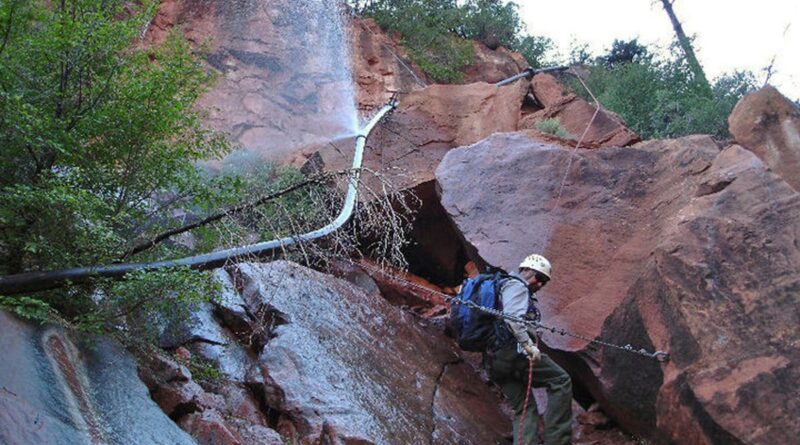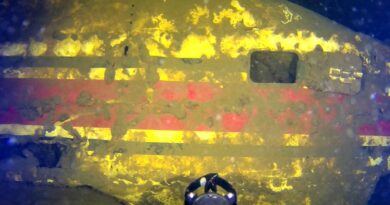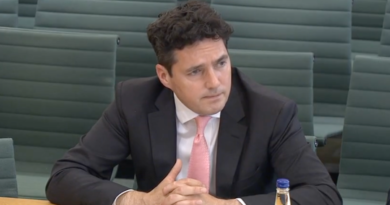Grand Canyon National Park: Hotels close after water pipeline failure
Support truly
independent journalism
Our mission is to deliver unbiased, fact-based reporting that holds power to account and exposes the truth.
Whether $5 or $50, every contribution counts.
Support us to deliver journalism without an agenda.
Hotels in the Grand Canyon National Park have been forced to close and camping is restricted amid one of its busiest tourist periods after a main water pipeline burst in several areas.
While the park will remain open for day visits, hotels supplied by the water pipe have shut down, with water restrictions running throughout the Labor Day holiday when hotels will be at or near capacity, officials have said.
Starting Thursday 29 August, hotels were closed to overnight stays due to the 12-and-a-half mile-long Transcanyon Waterline experiencing a series of breaks, with accommodation at El Tovar, Bright Angel Lodge, Maswik Lodge and Phantom Ranch being impacted.
“These measures are crucial for ensuring the safety and sustainability of water resources,” the National Park Service said in a statement to the BBC.
“The goal is to restore full operational status for overnight guests on the South Rim as quickly as possible.”
The water issues were not immediately obvious on Wednesday night, as some hotels continued serving food throughout the evening.
The park will continue to operate during the day, and hotels outside the park in the town of Tusayan, Arizona, will not be impacted. ‘Dry camping’ will also be allowed, meaning campers will have to supply their own water. No campfires will be allowed on the South Rim and inner canyon areas.

Park officials hope that they can restore the hotel operations, which include around 950 hotel rooms, as quickly as possible for guests wanting to stay overnight on the South Rim.
The park has been facing challenges with its water supply since 8 July, and no water is currently being pumped to either the canyon’s south or north rims, officials said.
The Transcanyon Waterline, originally built in the 1960s, supplies water for facilities on the South Rim and the inner canyon, yet park officials say it has exceeded its expected lifespan. There have been more than 85 major breaks in the water system since 2010, but none that have created this much water restriction as the four recent breaks.
The Grand Canyon, one of the United States’ most popular tourist attractions, welcomed nearly 523,000 visitors last August and more than 466,000 visitors last September, and worries have set in from tourist authorities that the water issue may impact their numbers.

Josh Coddington, communications director at the Arizona Office of Tourism, said he expects a rise in calls from people wanting to know if they can visit the Grand Canyon.
“The Grand Canyon is known not only throughout the US, but throughout the world, and people love visiting it,” he said.
Around six million people visit the Grand Canyon National Park each year, and the grounds are home to around 2,500 year-round residents.
While workers are trying to restore the pipe where it failed, one of the breaks has occurred in a narrow part of the canyon known as ‘the box,’ which is known for its risk of rock fall and high temperatures.
“It’s definitely a challenging place to be and have a pipeline break on you,” Grand Canyon spokesperson Joelle Baird said of the safety concerns for the crews who will be carrying out restoration efforts.
The pipeline failure comes amid a $208 million (£158 million) rehabilitation project of the waterline by the National Park Service that began recently, with upgrades to the water delivery system expected to be complete by 2027.
Additional reporting by the Associated Press.




